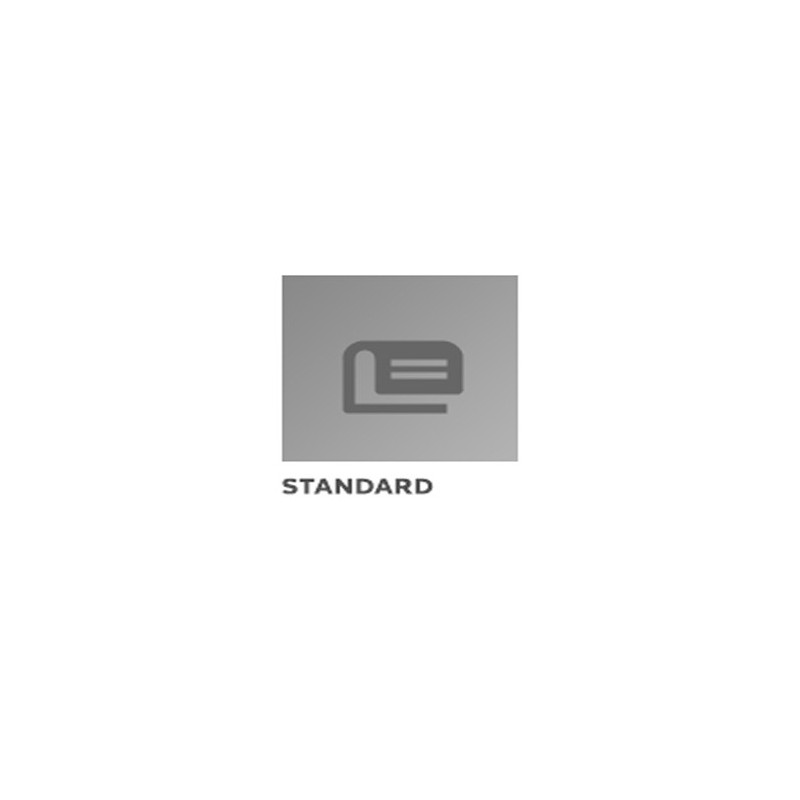Description / Abstract:
This SAE Recommended Practice defines the information contained
in the header and data fields of non-diagnostic messages for
automotive serial communications based on SAE J1850 Class B
networks. This document describes and specifies the header fields,
data fields, field sizes, scaling, representations, and data
positions used within messages.
The general structure of a SAE J1850 message frame without
in-frame response is shown in Figure 1. The structure of a SAE
J1850 message with in-frame response is shown in Figure 2. Figures
1 and 2 also show the scope of frame fields defined by this
document for non-diagnostic messages. Refer to SAE J1979 for
specifications of emissions related diagnostic message header and
data fields. Refer to SAE J2190 for the definition of other
diagnostic data fields. The description of the network interface
hardware, basic protocol definition, electrical specifications, and
the CRC byte are given in SAE J1850.
SAE J1850 defines two and only two formats of message headers.
They are the Single Byte header format and the Consolidated header
format. The Consolidated header format has two forms, a single byte
form and a three byte form. This document covers all of these
formats and forms to identify the contents of messages which could
be sent on a SAE J1850 network
This document consists of four parts, each published
separately.
SAE J2178-1, Part 1 of SAE J2178 (Titled: Detailed Header
Formats and Physical Address Assignments) describes the two allowed
forms of message header formats, Single Byte and Consolidated. It
also contains the physical node address range assignments for the
typical sub-systems of an automobile.
SAE J2178-2, Part 2 of SAE J2178 (this part, Titled: Data
Parameter Definitions) defines the standard parametric data which
may be exchanged on SAE J1850 (Class B) networks. The parameter
scaling, ranges, and transfer functions are specified. Messages
which refer to these parametric definitions shall always adhere to
these parametric definitions. It is intended that at least one of
the definitions for each parameter in this part match the SAE J1979
definition.
SAE J2178-3, Part 3 of SAE J2178 (Titled: Frame IDs for Single
Byte Forms of Headers) defines the message assignments for the
Single Byte header format and the one byte form of the Consolidated
header format.
SAE J2178-4, Part 4 of SAE J2178 (Titled: Message Definition for
Three Byte Headers) defines the message assignments for the three
byte form of the Consolidated header format.
Standardized Parameter Definitions—The
parameters used to describe data variables are one of the most
important functions of this document. To achieve commonality of
messages in Class B networks, the data parameters must become
standardized. This applies to data parameter definitions for use
during normal vehicle operations as well as during diagnostic
operations. By using common parameter definitions for nondiagnostic
and diagnostic functions on the network, the modules which form the
network can maintain one image or description of a data
parameter.
At this time however, it is felt that there is not enough
experience and commonality of philosophy within the industry to
define standard parameters. The purpose of this document is
therefore to provide standard methods of defining parameters and
examples of defined parameters for many potential applications
within a vehicle. With this basis, it should be possible to avoid
the definition of arbitrarily different parameters and move toward
standard parameters in the future.
Where parameters have been defined in the Diagnostic Test Modes,
documents (SAE J1979 and J2190), such as Parameter Identifies for
diagnostic purposes, the definitions in Part 2 of this document
match the diagnostic definition.
SAE J2178-2 defines the parameters to be used for non-diagnostic
and diagnostic data format definitions. For new parameter
definitions which are needed in the future, the new definitions, if
they are expected to become widely used, must be integrated into
this document for commonality across these types of applications.
Of course, manufacturers are free to assign their own definitions
to data parameters which are unique or proprietary to their
products. They are, however, restricted to using the "Manufacturer
Reserved" message header assignments in Parts 3 and 4 of this
document when using these unique or proprietary data parameter
definitions.


